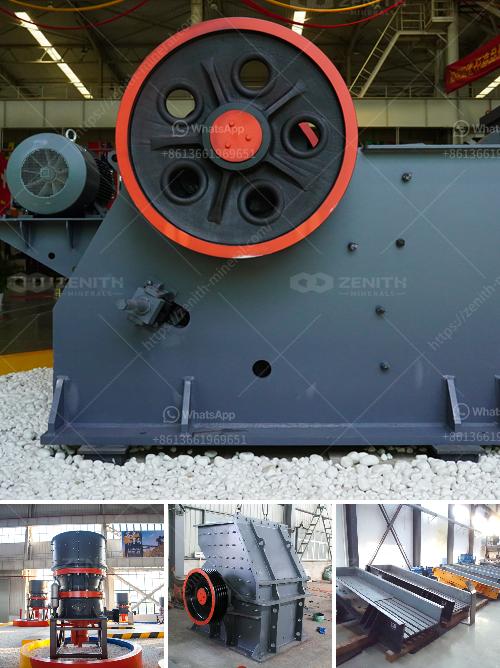Ores are classified based on several factors including the type of metal or mineral they contain, their chemical composition, and the method of extraction required. Here are the primary classifications:
Metallic Ores:
Non-Metallic Ores: These ores do not contain metals. Examples include limestone (CaCO₃ for calcium) and quartz (SiO₂ for silica).
Precious Metal Ores: Contain valuable metals such as gold (Au), silver (Ag), and platinum (Pt).
Base Metal Ores: Contain more common and less valuable metals than precious metals, such as copper (Cu), zinc (Zn), and nickel (Ni).
Energy Ores: These are used primarily for energy production. Examples include uranium (U₃O₈) and thorium ores.
Classification can also depend on the:
Understanding these classifications helps in determining the best methods for ore extraction, processing, and application in various industries.
